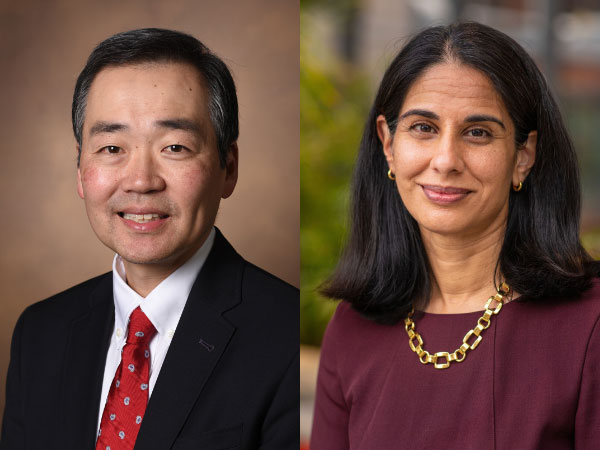Carol Fabian recalls the emotional hardship that came with treating women for breast cancer in the 1970s and eighties.
“This was prior to adjuvant trastuzumab, and despite aggressive cytotoxic adjuvant treatment, too many of these young women relapsed and died,” said Carol Fabian, director of the Breast Cancer Prevention and Survivorship Research Center, holder of the Medical Oncology Mark and Bette Morris Family Professorship in Cancer Prevention, Mark and Bette Morris Foundation, and University Distinguished Professor at the University of Kansas Medical Center.
“These women often had young children and/or were at the height of their careers,” Fabian said to The Cancer Letter. “This was a tragedy over, and over, and over again. It was becoming emotionally very difficult to handle.”
Fabian’s husband recognized the toll this took on her, and suggested another field of medicine.
“I did not want to give up oncology, but for balance wanted to switch to a research focus, with a little more light at the end of the tunnel. That research focus was cancer prevention,” Fabian said.
While Fabian still treated breast cancer patients, she pivoted to prevention work and developed a minimally invasive technique to collect healthy breast tissue in women called fine needle aspiration.
“Most women with a family history of breast cancer, of course, had never had a biopsy. So, we had to have a comfortable, minimally invasive way of getting the tissue,” Fabian said. “That’s when I decided that maybe we could just modify the fine needle aspiration technique I used in the locally advanced research study to sample benign tissue from high- risk women.”
Many doubted that this technique would work.
“Most pathologists at the time thought random periareolar fine needle aspiration (RPFNA) to sample breast tissue for risk assessment was the most ridiculous idea they ever heard of,” she said. “Any histopathologist ‘knew’ that if you put a needle blindly into the breast without directing it towards a mass, that the only thing you would harvest is fat.”
Luckily, Fabian wasn’t a pathologist, “and was unaware of these basic pathology tenets.”
“Dr. [Fritz] Linn did not want to dampen my enthusiasm, although he thought I was perhaps misguided,” she said. “In fact, to his astonishment, we did get ductal and lobular tissue from the majority of high-risk women probably because we were performing the procedure mainly on women in their 40s and early 50s not 60s and 70s.”
Ten years later, Fabian and her team had aspirated 480 high-risk women and followed them for an average of five years.
“In fact, cytologic atypia in high-risk women was a strong short- term predictor of DCIS and invasive breast cancer and stratified risk based on the Gail model,” she said.
Fabian’s fine needle aspiration technique was a success, and in 2000 a study on her work was published in the Journal of the National Cancer Institute.
Is prevention something she could have anticipated when she first started out in medicine, when so many women were dying of breast cancer?
“I would not have dreamed it,” she said. “Just like I could not have imagined the necessity of a laptop computer, the internet and email, business by zoom meetings, or a cell phone as a necessary body appendage. I felt fortunate as a beginning faculty in the late 70s to have Wite-Out for typo correction and a fax machine. Technological advances have really increased the pace of discovery.”
Fabian spoke with Alexandria Carolan, a reporter with The Cancer Letter and associate editor with the Cancer History Project.










